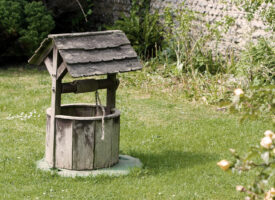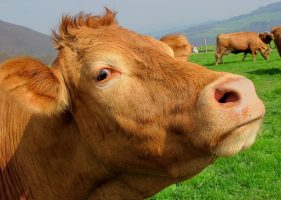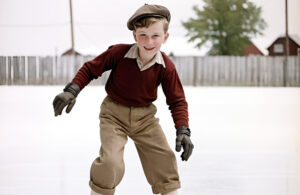By Phil Leidl – Kelowna, B.C.
I was seven years old, growing up in Leipzig, Sask., when the military put out a call for animal bones. It was WWII and the bones were being collected and used to make glue for airplanes and munitions.
At that time, the main power on farms was horses. Every farmer had horses. Most also ran a herd of cattle and had a small dairy head too. When an animal died in those days, a farmer dragged it out into the field so the bones would be scattered everywhere.
Dad had a wagon with a box that was 4-feet wide by 10-feet long. I was made to stay in the wagon to drive the team of horses when we went gathering bones. I remember the bones still had a bad smell. We sometimes found the odd buffalo skull and bones as well.
We weren’t the only folks gathering bones. Many families were involved in the effort. We hauled them to a gathering place where everybody dumped the bones. I never saw the actual piles of bones collected, but I did see a picture of the huge pile.
Hauled dugout water
In those dry years of the ‘30s and ‘40s, we had to haul water from our neighbour’s dugout. We called it “Jensen’s dam” and it was located one mile from our farm.
The dam was down in a coulee. To me, it seemed it was a long way to the bottom were the dam was. My brother, Willie, drove down by the water and then backed the wagon into the water. I was scared we were going to drown.
We had four wood 45-gallon barrels. Willie used a pail to fill the barrels and then covered the top of the barrels with gunny sacks so the water didn’t splash out. I was so happy when we were out of the dam. You could see and hear the water running out of the wagon box.
On hot days, Danny and I would undress and jump into the barrels to cool off. It was a treat. To us kids who didn’t know any different, life was good. Real good.



